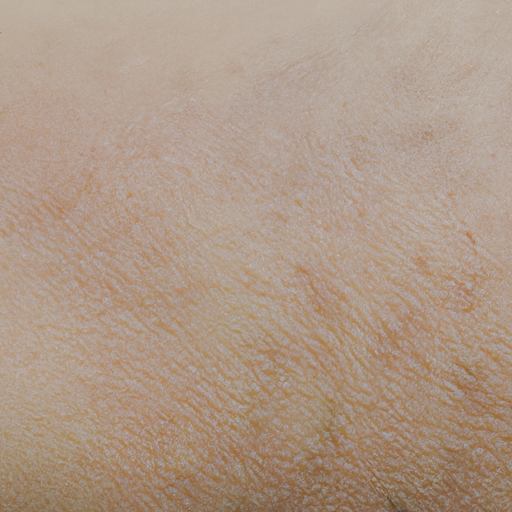As a dermatologist, I am often asked about the latest trends and advancements in aesthetic medicine. One of the most popular treatments that has gained considerable attention in recent years is jawline filler, a non-surgical procedure that can dramatically enhance and define the jawline. It’s a perfect blend of art and science, where medical knowledge meets aesthetic sensibility.
Jawline filler is a type of dermal filler that is injected into the skin to add volume and shape to the jawline. It’s an excellent option for those who desire a more defined or symmetrical jawline without undergoing invasive surgery. The procedure is quick, typically taking less than an hour, and the results can last up to two years.
The science behind jawline filler involves the use of hyaluronic acid, a naturally occurring substance in the body that helps to keep the skin hydrated and voluminous. When injected into the skin, hyaluronic acid acts like a sponge, absorbing water and expanding to create a fuller, more sculpted appearance. The filler also stimulates the production of collagen, a protein that helps to maintain the skin’s elasticity and firmness.
The art of jawline filler lies in the skill and expertise of the practitioner. A thorough understanding of facial anatomy is crucial to achieving a natural-looking result. The practitioner must carefully consider the patient’s facial proportions, bone structure, and skin quality before deciding on the amount and placement of the filler. The goal is to enhance the patient’s natural features, not to create a one-size-fits-all look.
The procedure begins with a consultation where the patient’s goals and expectations are discussed. The practitioner then marks the injection sites on the patient’s face and applies a numbing cream to minimize discomfort. The filler is then injected into the skin using a fine needle or cannula. The practitioner may also massage the area to ensure that the filler is evenly distributed.
After the procedure, patients may experience some swelling and bruising, which usually subsides within a few days. The results are immediately visible, with the full effect becoming apparent after the swelling has gone down. Patients can expect a more defined and contoured jawline that enhances their overall facial appearance.
Jawline filler is not just for those seeking a model-like jawline. It can also be used to correct asymmetry, soften the appearance of jowls, or restore volume loss due to aging. It’s a versatile treatment that can be tailored to meet the unique needs of each patient.
As with any medical procedure, there are potential risks and side effects associated with jawline filler. These may include infection, allergic reaction, or lumps and irregularities in the skin. However, these risks are minimal when the procedure is performed by a qualified and experienced practitioner.
In conclusion, jawline filler is a safe and effective treatment for enhancing the jawline and improving facial aesthetics. It’s a testament to how far aesthetic medicine has come, blending art and science to help individuals achieve their desired look. As a dermatologist, it’s exciting to be part of this evolving field and to witness firsthand the confidence and satisfaction that patients experience after undergoing this transformative procedure.




